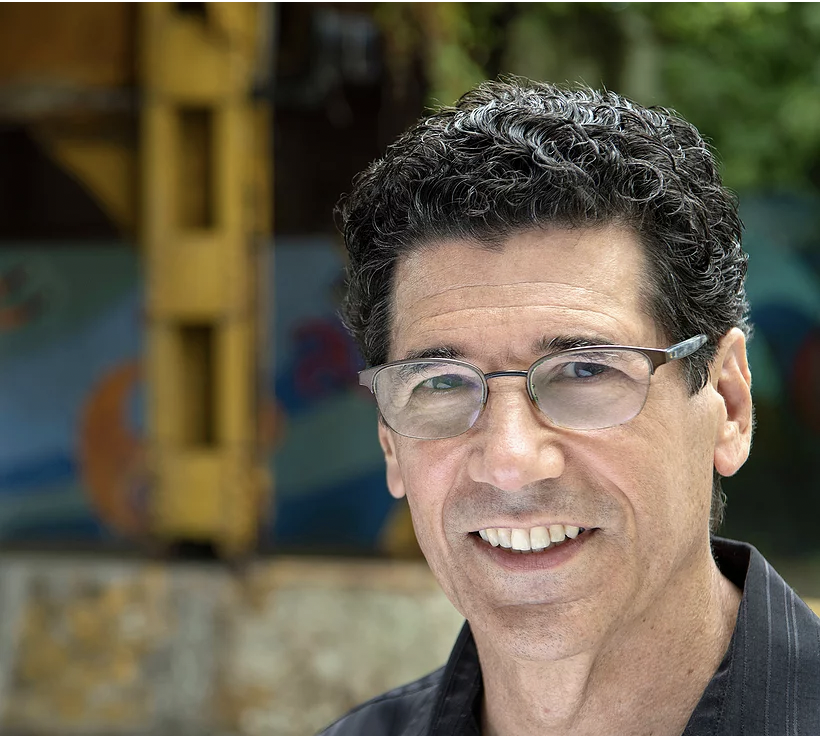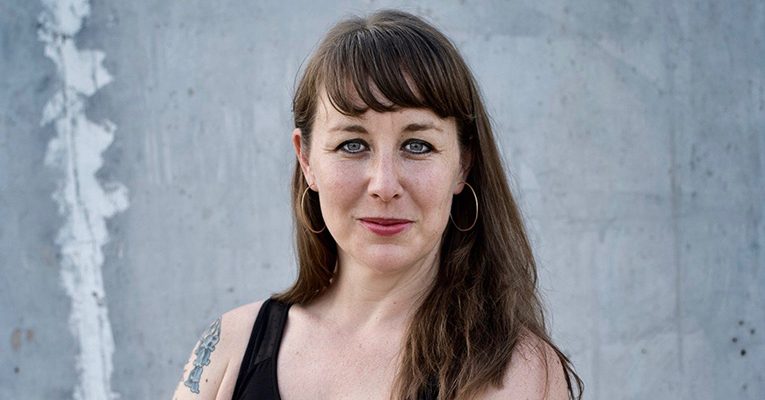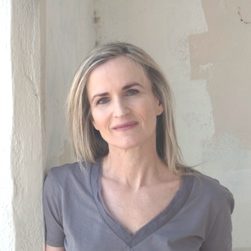Poetry alums Amanda Newell and Jennifer Sperry Steinorth were recently featured in Plume. Read an excerpt of their discussion of Steinorth’s collection Her Read below:

Jen Sperry Steinorth: On Creating and Claiming Space with Her Read, by Amanda Newell
AN: You have described Her Read as a graphic poem, a first-person female lyric that you “excavated” from its source text, Herbert Read’s The Meaning of Art—and I’m going to come back to the idea of excavation—but first, I wonder if you might speak to the popularity of Her Read, which has garnered a tremendous amount of attention in the months prior to its publication.
JSS: Oh, goodness. Well, firstly, thank you. In truth I have been quite surprised by this!
But you have me thinking about a phrase I’ve heard when describing feminist work born in the last few years, something along the lines of, that came out of the Me Too Movement, or that was born of the Me Too Movement, and they mean that it came up during the Trump Presidency, in the time of pussy hats and prosecution of dozens of high ranking men, some who were penalized, others who were not. But of course the use of the phrase Me Too to express solidarity with women articulating their abuse was begun by Tarana Burke a full decade before, and the issues are ancient. The disparity is woven into the fibers of our consciousness, into binary identities going all the way back. We have no history otherwise.
What I mean is, Me Too was just a symptom—a rash—a sudden disturbance that broke the skin of an already diseased body.
I think this work has garnered attention because the rage I was attempting to channel is not only my own. It was born out of my own experience, but that experience as shaped by our collective inheritance. It just so happens that in this moment, people are more attuned to listen.
Likewise, the marvelous proliferation of hybrid work by so many others in this moment has created space for my own work to be received.
But also, and I want to mention this for others who have a secret project they are shepherding, there is a way in which I may have talked this book into existence. I began it the summer of 2016 and was soon attached to it. I had it most anytime I left the house. If opportunity arose to talk about what I was making with a kindred spirit, I would. Sometimes I took the object out of my bag and showed them. It travelled with me to the Sewanee Writers Conference and Vermont Studio Center. Because it did not (then) seem to fit the molds, I was on a mission to discover who might be open to publishing the book—or excerpts—and how to package it. I let people know I was making a thing and listened to how they responded. These engagements deeply impacted not only the process of publication, but also the crafting of the work—techniques I used, arguments that played out. I also posted images of the work in progress on social media—Instagram and Facebook. It was all a way of breaking my own silences and, although I didn’t realize it at the time, it was a way of fueling the conversation that is this book.
Read the rest of the interview here: https://plumepoetry.com/jen-sperry-steinorth-on-creating-and-claiming-space-with-her-read-by-amanda-newell/





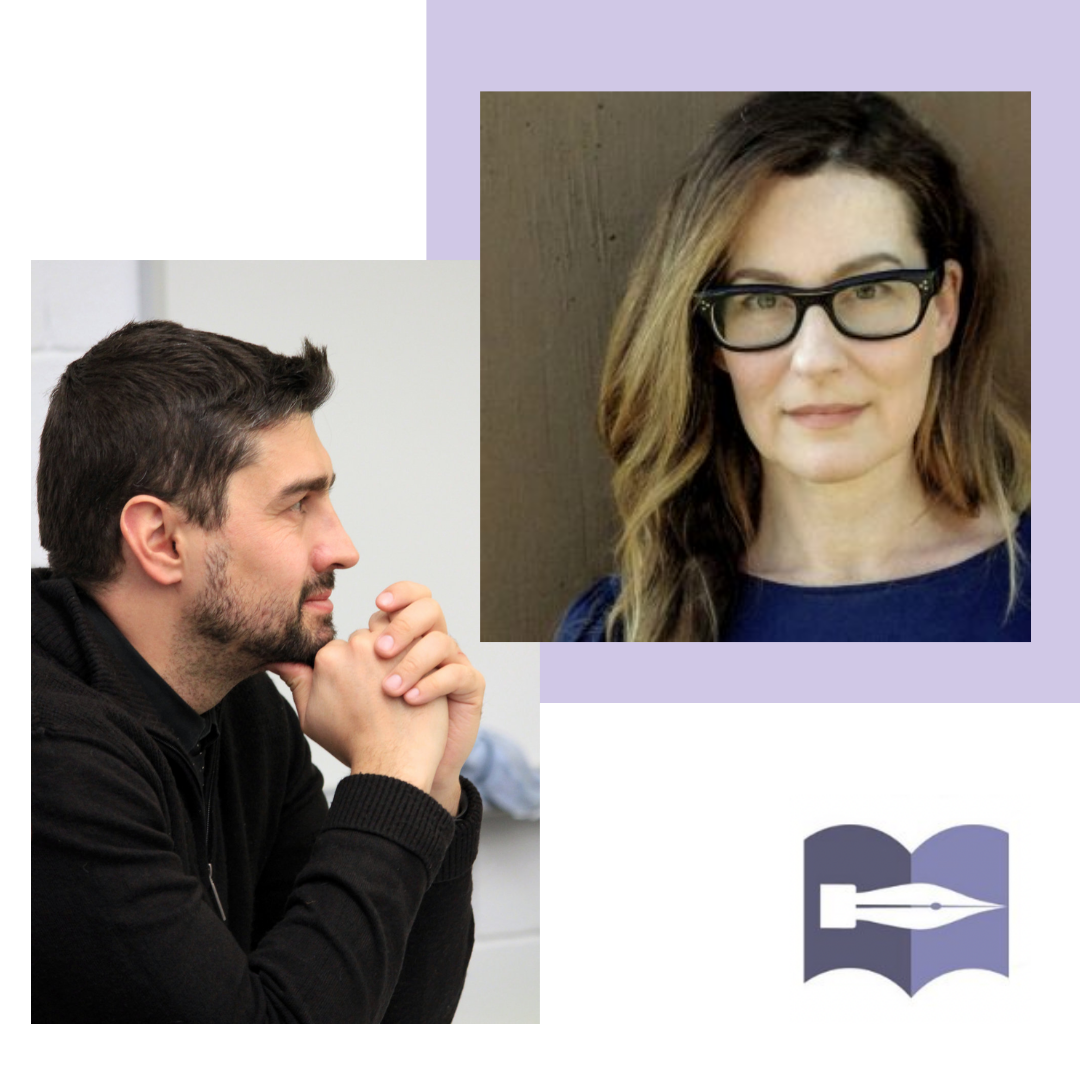
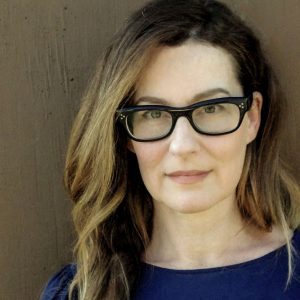 BEWILDERNESS is the first novel from fiction Alum Karen Tucker. It is new in June from Catapult. Below is an excerpt:
BEWILDERNESS is the first novel from fiction Alum Karen Tucker. It is new in June from Catapult. Below is an excerpt: 